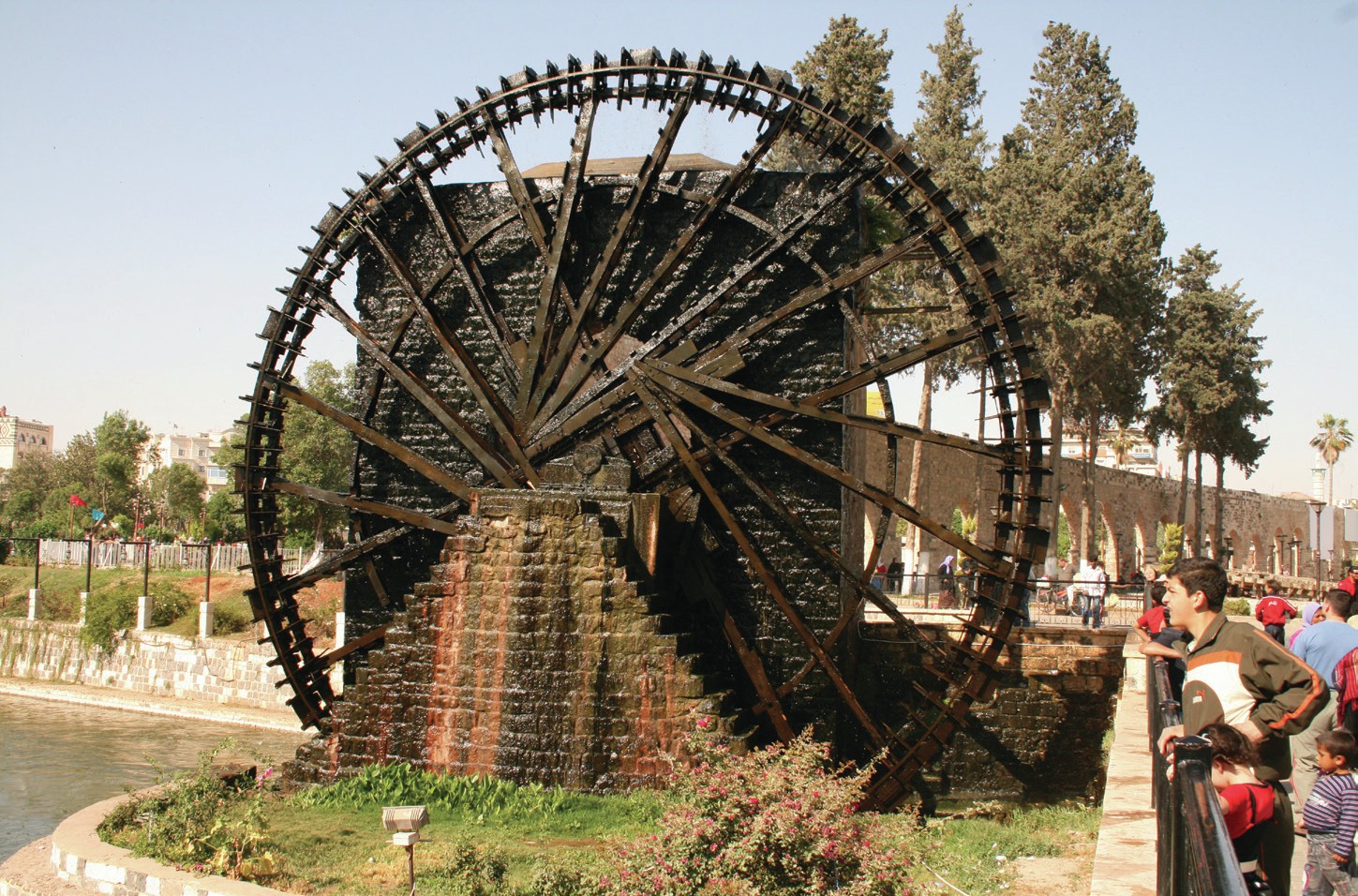
Fresh water is one of the world’s most important natural resources. Much of it is used for irrigation, the artificial application of water to soil to enable the growth of crops. It is mainly used in the world’s dry and semi-arid areas where:
■ rainfall is low and evapotranspiration rates are high (e.g. the Nile Valley in Egypt)
Your organisation does not have access to this article.
Sign up today to give your students the edge they need to achieve their best grades with subject expertise
Subscribe




